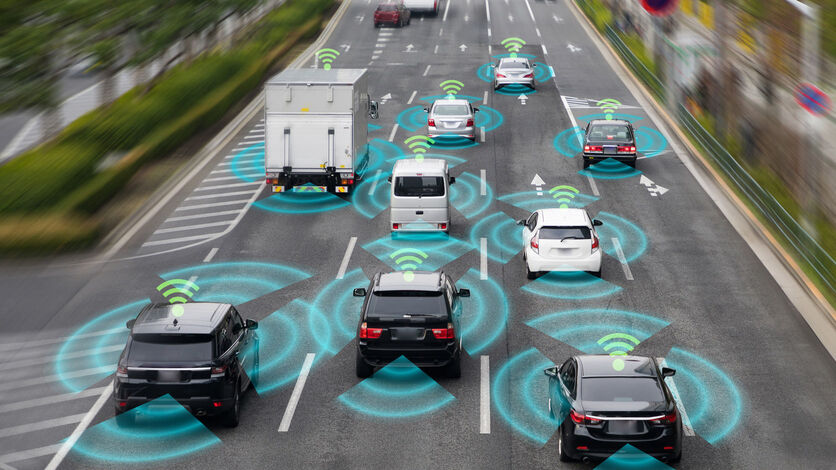Imagine you’re playing a video game on your tablet. When you move, your tablet needs to quickly send your action to the game’s server, which processes it and sends back the updated game screen. Now, picture if the server was located in a far-off place, like another city or even another country. It would take longer for your action to reach the server and for the game to update. Edge computing is like placing a mini-server right next to your tablet. This way, everything happens faster. In Texas, this technology is transforming how we handle and process data, making things quicker and more efficient.
Why Edge Computing Matters
Edge computing is crucial because it helps in handling and processing data faster. When data is processed closer to where it’s generated, like on a smart device or a local server, it doesn’t need to travel far. This reduces the time it takes to get results, which is essential for applications that require immediate feedback. For instance, in Texas, where the oil and gas industry is significant, edge computing helps in monitoring equipment in real-time, ensuring smoother operations and quicker responses to any issues.
The Growing Importance of Edge Computing in Texas
Texas is a massive state with a diverse range of industries, from energy and agriculture to technology and healthcare. Each of these sectors benefits from edge computing. In rural areas, where internet connectivity can be limited, edge computing ensures that data is processed locally without relying on distant servers. For instance, farmers in Texas use edge computing to monitor soil conditions and crop health. This local processing helps them make timely decisions that improve their yields and efficiency.You can also read Exploring Its Potential in Various Industries: A Texas Perspective.
How Edge Computing Enhances Smart Cities
In Texas cities like Austin and Dallas, edge computing is playing a significant role in building smarter cities. By processing data from cameras, sensors, and other devices locally, these cities can respond more quickly to various situations. For example, traffic lights can adjust in real-time based on current traffic conditions, reducing congestion and improving the flow of vehicles. This technology also helps in managing public services more effectively, ensuring that resources are used efficiently and citizens benefit from enhanced services.
Impact on Healthcare in Texas
Healthcare is another area where edge computing is making a significant impact. In Texas, edge computing helps hospitals and clinics process medical data quickly and efficiently. For example, patient monitoring systems can instantly analyze data from medical devices, providing real-time information to doctors and nurses. This allows for faster diagnosis and treatment, ultimately improving patient care. Moreover, edge computing helps in managing medical records and ensuring that sensitive data is processed and stored securely.
Revolutionizing the Energy Sector
Texas is known for its large oil and gas industry. Edge computing is revolutionizing this sector by providing real-time data processing and analysis. In oil fields, edge devices can monitor equipment and environmental conditions, sending alerts if something goes wrong. This allows for immediate action to prevent accidents or equipment failures. By processing data at the edge, companies can reduce downtime and increase efficiency, making their operations more cost-effective and safer.
The Role of Edge Computing in Education
In the field of education, Texas is leveraging edge computing to enhance learning experiences. Schools and universities use edge devices to support various applications, from interactive learning tools to virtual classrooms. By processing data locally, these educational institutions can offer more interactive and responsive learning environments. For instance, students can participate in real-time virtual labs or access educational resources without delays, enriching their learning experiences.
Challenges and Solutions
While edge computing offers many benefits, it also comes with challenges. One significant issue is ensuring the security of data processed at the edge. In Texas, where industries like energy and healthcare handle sensitive information, robust security measures are essential. Solutions include implementing strong encryption, regular updates, and comprehensive monitoring systems to protect data from potential threats. Additionally, managing and maintaining a large number of edge devices can be complex, requiring efficient strategies and tools to ensure everything runs smoothly.
Future Trends and Innovations
The future of edge computing in Texas looks promising. As technology continues to advance, we can expect more innovations in this field. For example, integrating edge computing with artificial intelligence (AI) could lead to smarter systems that can make decisions and adapt to changing conditions more effectively. In Texas, this could mean even more efficient operations in industries like energy and healthcare, as well as enhanced capabilities in smart cities and education.
Conclusion
Edge computing is redefining data processing by bringing computation closer to the source of data generation. In Texas, this technology is transforming various sectors, from energy and healthcare to smart cities and education. By processing data locally, edge computing ensures faster and more efficient operations, offering numerous benefits across different industries. As technology continues to evolve, edge computing will play an increasingly important role in shaping the future of data processing in Texas and beyond.





